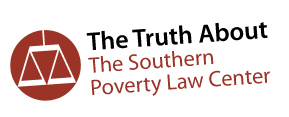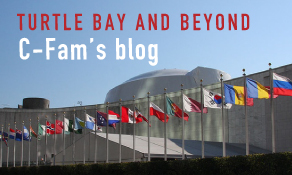NEW YORK, November 2 (C-Fam) UN issues, and UN documents, are highly complicated and almost impossible for laymen and even experts to follow. Child pornography is such an issue.
In a current negotiation, European diplomats want to replace any reference to “child pornography” in UN resolutions with “child sexual abuse material,” a term they argue will lead to better protections for children.
An EU diplomat told the Friday Fax, “The EU does not seek to dilute in any way the obligations under the [Convention on the Rights of the Child] CRC or its Optional Protocols.” The diplomat said the EU wanted to “avoid stigmatizing the child and to clarify that these practices always constitute the sexual exploitation of children.”
And this is where it gets complicated. Does this help or hurt efforts to prosecute child sexual abuse and child pornography? It is hard to tell.
The EU diplomat said this effort came from a 2008 UNICEF conference and was based on the statement agreed there. However, the declaration from that conference never proposed dropping references to “child pornography” but rather adding “child sexual abuse material” next to it. For wholly deleting it, diplomats point to yet another conference and document called the Luxembourg Guidelines, an unofficial document generated by UN and EU officials and selected pressure groups.
The Luxembourg Guidelines are said to be controversial because they undermine yet another document, a binding hard-law treaty called the Optional Protocol to the Convention on the Rights of the Child on the sale of children, child prostitution and child pornography.
This treaty strictly defines child pornography as “any representation, by whatever means, of a child engaged in real or simulated explicit sexual activities or any representation of the sexual parts of a child for primarily sexual purposes.” And it comprehensively penalizes “producing, distributing, disseminating, importing, exporting, offering, selling or possessing” child pornography. According to the Convention, a “child” is anyone under the age of 18.
International attorney Abbe Jolles, who specializes in sex abuse cases in aid agencies, says the new language proposed by EU diplomats and backed by UN staff may have the effect of getting accused staff members off the legal hook for abuse.
And then there is the difficulty of countries with different consent laws.
In countries that don’t have age-of-consent laws such as France or where the age of consent to sex is lower than 18, the guidelines admit the inadequacy of the “child sexual abuse material” standard to protect children under the age of 18 but above the age of consent.
In the case of “sexting,” the guidelines recommend avoiding “blaming the child for what happens” or “holding the child criminally liable.” They do not explore the possibility that differences in ages and maturity might warrant criminal liability.
And the guidelines don’t use the word “pornography” regarding children being deliberately exposed to it. It recommends using “harmful content” instead, in recognition that pornography for teenagers “is not necessarily harmful but could be a matter of exploring sexuality.”
Former longtime U.S. child pornography prosecutor Robert Flores warned the Friday Fax last year that not all those proposing these changes may be operating in good faith, suggesting it may represent a case of regulatory capture.
“The pornography industry wants a perpetual supply of 15-year-olds,” he said.
Such are the ongoing complications when UN diplomats try to solve a problem.
View online at: https://c-fam.org/friday_fax/sometimes-impenetrable-way-problems-attempted-un/
© 2025 C-Fam (Center for Family & Human Rights).
Permission granted for unlimited use. Credit required.
www.c-fam.org









